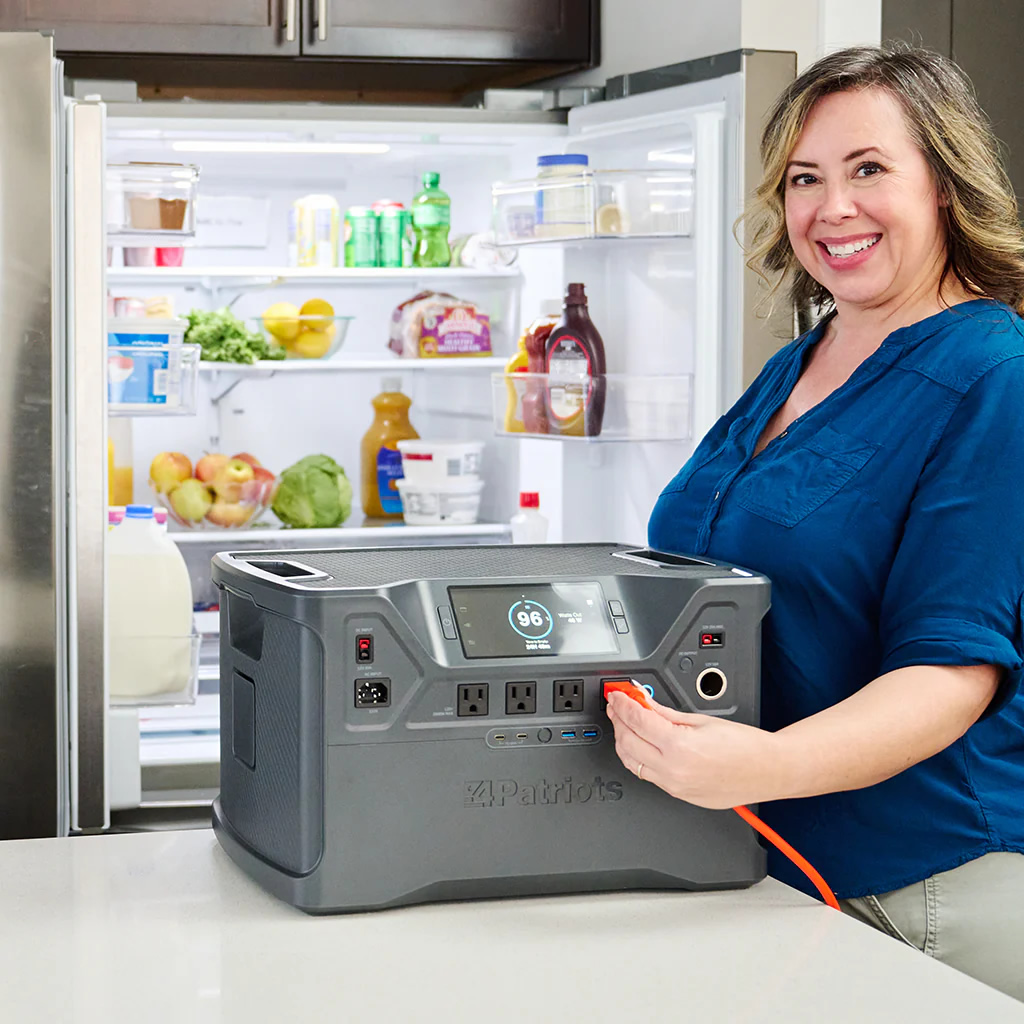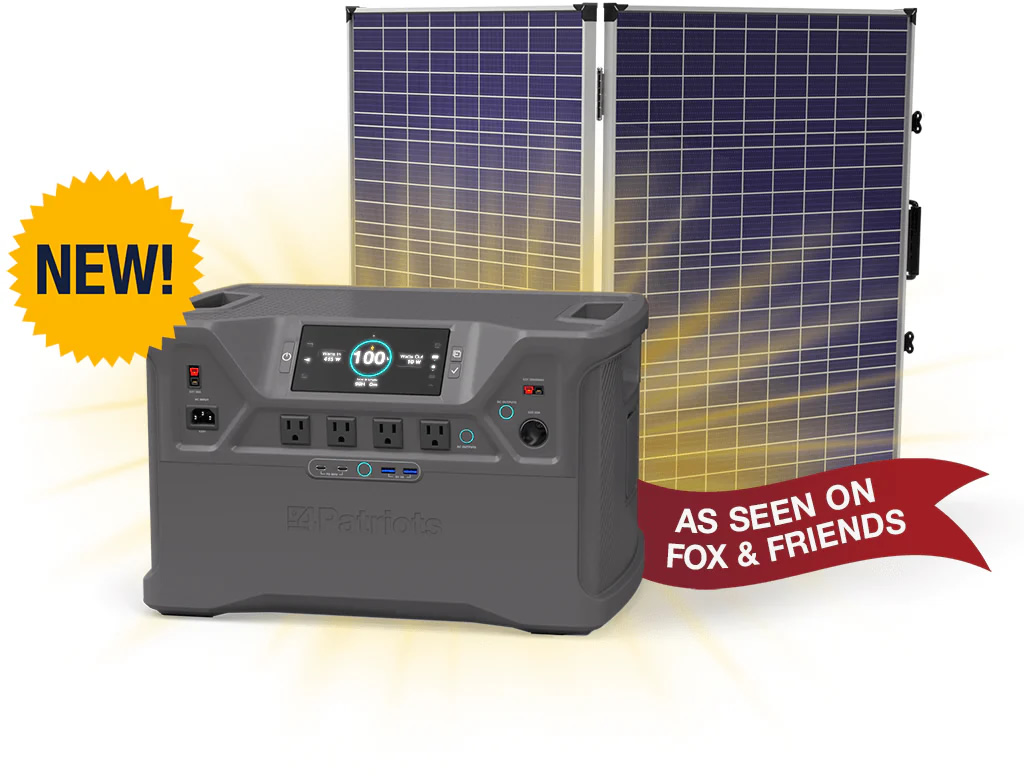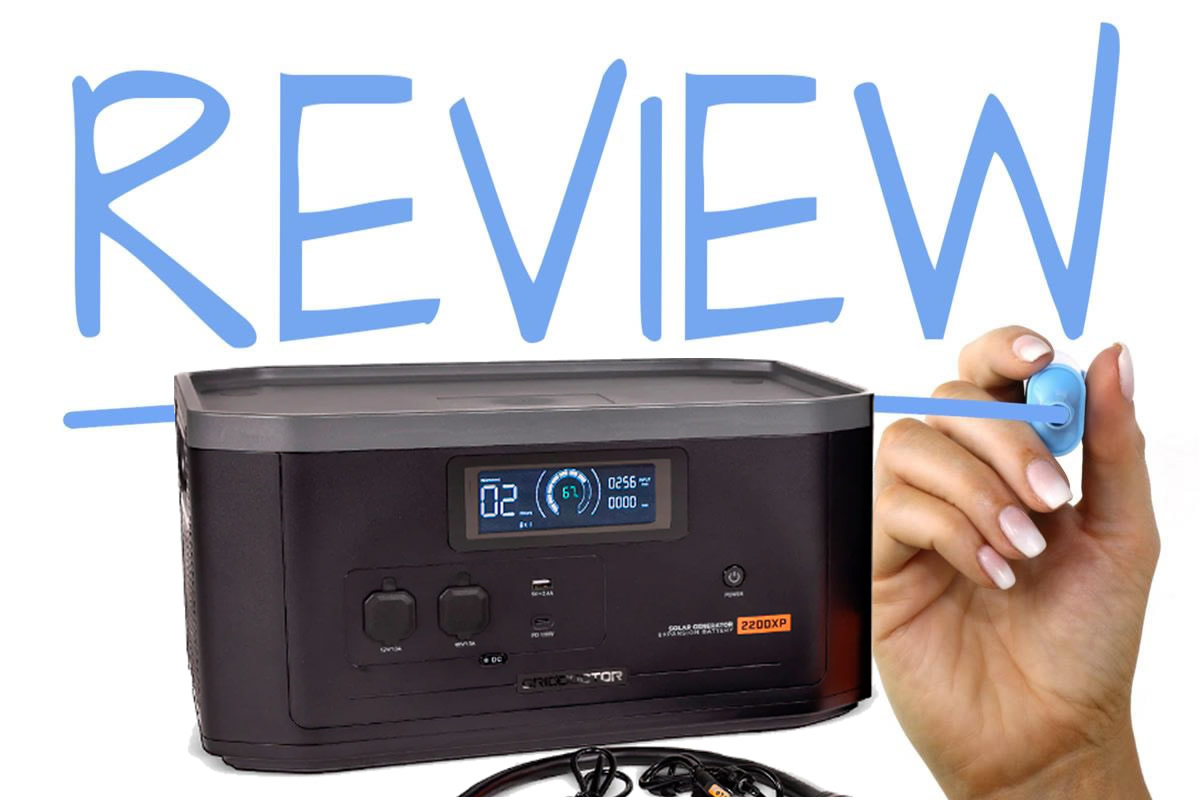Power outages can happen anytime, whether due to severe weather, utility work, or unexpected system failures. When the power goes out, a home generator can be a lifesaver, providing electricity to keep your essentials running smoothly. Here’s a guide on how to power your house with a generator, ensuring you stay powered on during those crucial times.
Choosing the Right Generator
1. Assess Your Power Needs: Before purchasing a generator, calculate the total wattage of the appliances and devices you plan to power. Essentials often include the refrigerator, lights, water heater, and sump pump. Adding up their wattage will give you a good estimate of the generator size you need.
2. Select the Type of Generator:
- Portable Generators: These are more affordable and can power essential items. However, they require manual setup and fueling.
- Standby Generators: These are permanently installed and automatically power on during an outage. They can handle higher wattage loads and offer more convenience but at a higher price.
Installation Process
1. Install a Transfer Switch: For safety and compliance with electrical codes, connect your generator to your home’s electrical panel through a transfer switch. This switch prevents your generator from backfeeding electricity to the grid, a dangerous condition that can pose a risk to utility workers and your property.
2. Proper Placement:
- Portable Generators: Place it outside and away from windows, doors, and vents to prevent carbon monoxide poisoning. Ensure it’s on a stable, flat surface.
- Standby Generators: These should be installed by a professional and positioned away from the house but close enough for connection to the gas line and electrical wiring.
Operating Your Generator
1. Start Up:
- Portable Generators: Check the oil and fuel before starting. Connect your appliances using heavy-duty, outdoor-rated cords.
- Standby Generators: These automatically kick in when the power goes out, without the need for manual start-up.
2. Maintenance: Regular maintenance is crucial. For portable generators, this includes checking oil levels, cleaning air filters, and running the generator periodically to ensure it’s ready for use. Standby generators typically require annual servicing by a professional.
Safety Tips
- Never Use Indoors: Running a generator inside can lead to carbon monoxide poisoning. Always operate it outdoors in a well-ventilated area.
- Use Proper Cords: Only use heavy-duty cords designed for outdoor use to connect appliances to your generator.
- Avoid Overloading: Do not overload your generator. Prioritize powering essential appliances and follow the manufacturer’s guidelines for capacity.
Conclusion
A home generator can be an excellent investment for ensuring power during outages. Whether you opt for a portable or standby generator, understanding how to properly install, operate, and maintain your unit will help keep your lights on and your home safe during unexpected power disruptions. Remember, when dealing with electrical systems, safety should always come first. If in doubt, consult with a professional to handle installation and maintenance tasks.






Leave feedback about this